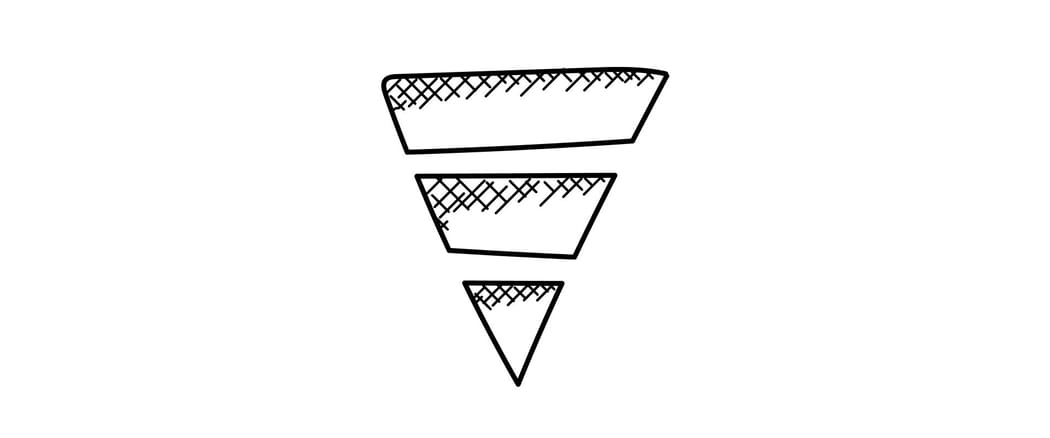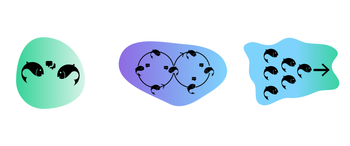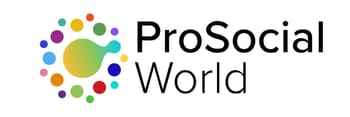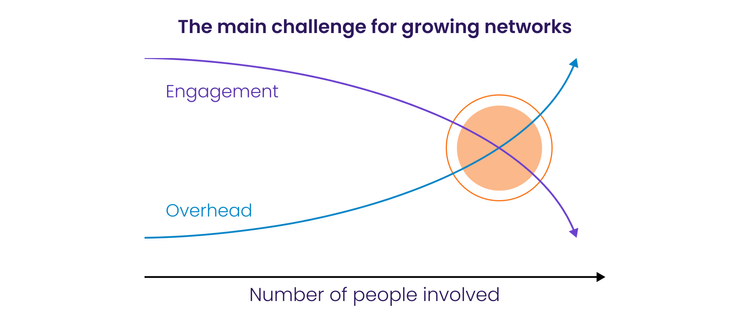All skill sets and expertise should be respected and rewarded. However, the myth that management is something incredibly hard or that very few people can learn it needs revisiting. Too often in current practice, credit goes to only the people at the top for the accomplishments of everyone else. Leaders get too much credit for things they have limited control over. All you have to do is look at any number of presidents, executives, and managers who have shown us time and again that they are incompetent, yet that fact didn’t change the organization's overall performance very much. People at the top don’t have the impact that we think they do. We need to start to realize this if we are to ever have a more equitable society.
For example, this study by Markus Fitza estimates that CEOs have just a 5% effect on the success or failure of their company when adjusting for other economic and social factors. Success or failure of an organization or nation is largely due to systemic factors in place well before any given leader steps into their role. Since creation is much harder than destruction, leaders have a much greater ability to make things worse by being ineffective, irrational, or corrupt than they do to improve things. Yet we still cling to this myth of the leader as an idol... and it’s destroying our society. This belief that the people at the top are the biggest and most important factor in a company’s success drives widening inequality. Currently, the average CEO makes 300+ times what the average worker at their company makes. This myth also justifies heavy top-down governance structures at most companies, which disempowers the employees and gives most of the power and money to the managers. Contrary to our default beliefs, this is actually an extremely costly and inefficient way to run an organization. Top-heavy companies are slow and ultimately fragile. The person at the top can do irreparable damage without a lot of failsafes. See the recent meltdown of Xwitter if you have any doubts about this.
Our ability to innovate and adapt together drops when the people doing the work don’t have much agency.
Dictatorship-oriented organizational structures lead to inefficiency and poor performance, even in many forward-thinking companies. But innovative leaders may help us escape the trap of this leadership myth. Managers are themselves starting to realize the limits of top-down power structures. Trends in self-organization, exemplified in experiments with the holacracy, sociocracy, or other more flat or fractal organizational patterns have been implemented at companies like Zappos, Gore-Tex, VISA and Google. These efforts aim to modernize organizational structures and distribute responsibility further down the chain in creative jobs with highly qualified workers. This was also done to increase productivity, innovation, and accelerate growth. However, they always stop short of truly distributing real power, which includes strategic decisions, power-of-the-purse, and more equitable distribution of wealth. Without which, there are always limits to what the workers can influence.
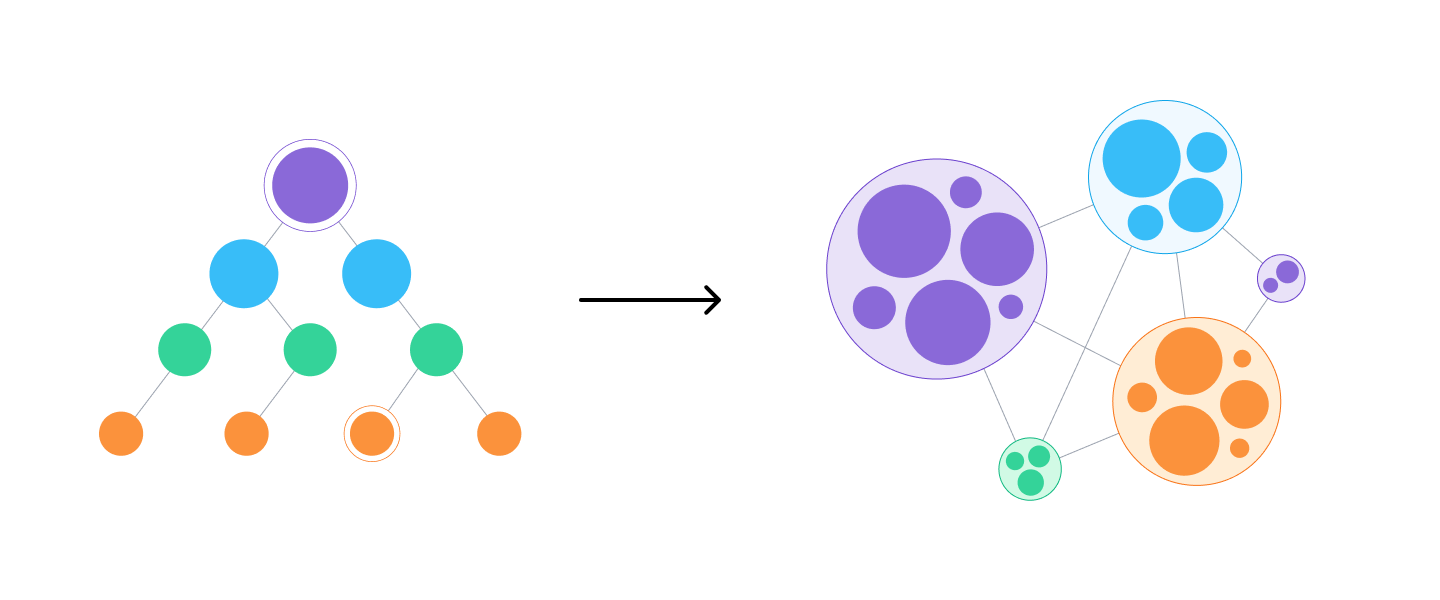
The exploration into flatter and more inclusive ways of working has often been a bit bumpy due to low insight into what being “flat” actually entails. Often there is a tendency to over-correct and make an organization so flat that there is limited accountability. Even worse, if you make things too flat you ultimately create heavy internal overhead and fall into a “tyranny of consensus” trap. Far from eliminating power, this leans towards implicit power structures, incentivizing political games and slowing adaptation. This leads to many of the same dynamics as the traditional top-down organization, but with less accountability and protections for the workers.
Confusing the status hierarchy with the expertise hierarchy and making everything completely “flat”, disempowers people closest to the problems from making key decisions. Taken too far, this leads to gridlock, where no one feels empowered to make any decisions.
Even Zappos scaled their idealistic ideas back a bit in 2020 when they moved from pure holacracy to a more federated internal market-based approach with many smaller internal businesses each managing their own profit and loss. (Yahoo Finance: Zappos quietly backed away from holacracy Jan 2020). However, they never made the final step to a true democratic organization, which would require workers to have the rights around strategic decisions such as who is on the board, or how profit is distributed.
No matter how much an organization claims to empower their workers, if decisions that affect the underlying power structure of the company are not included, they will remain, fundamentally, a dictatorship.
Dictatorships never have true accountability for the leadership. Dictatorships lack true agency for workers. Together, these will hamstring any efforts at systemic change. These half-measures also present a bad deal for workers who get all the administrative overhead of being “self-managed”, without the actual financial and strategic benefits of getting to be a real part of the governance of the organization.
Self-organization, federated orgs structures, and worker ownership is not a new idea. Cooperative economies played key roles in US history, combating post-slavery structural inequalities (see Collective Courage: A History of African American Cooperative Economic Thought and Practice). Famously, the multi-billion dollar Spanish cooperative, Mondragon, has been working much in this way since the late 1940s, and is run as a federated cooperative with over 80,000 worker owners and 100 internal businesses. (New Yorker: How Mondragon became the world’s largest co-op. Aug 2022). They are one of the most successful companies in Spain and the biggest coops in the world with revenues of over $10B. The town of Mondragon, which was an auto manufacturing town, could have easily ended up in post-industrial decay, like Detroit. Instead, it has been a beautiful and prosperous town for more than half of a century. Mondragon the company employs over 50% of the people who live in Mondragon the town. When I visited in 2016, they said they had a thousand people visit that year alone just to learn about their organizational structure.
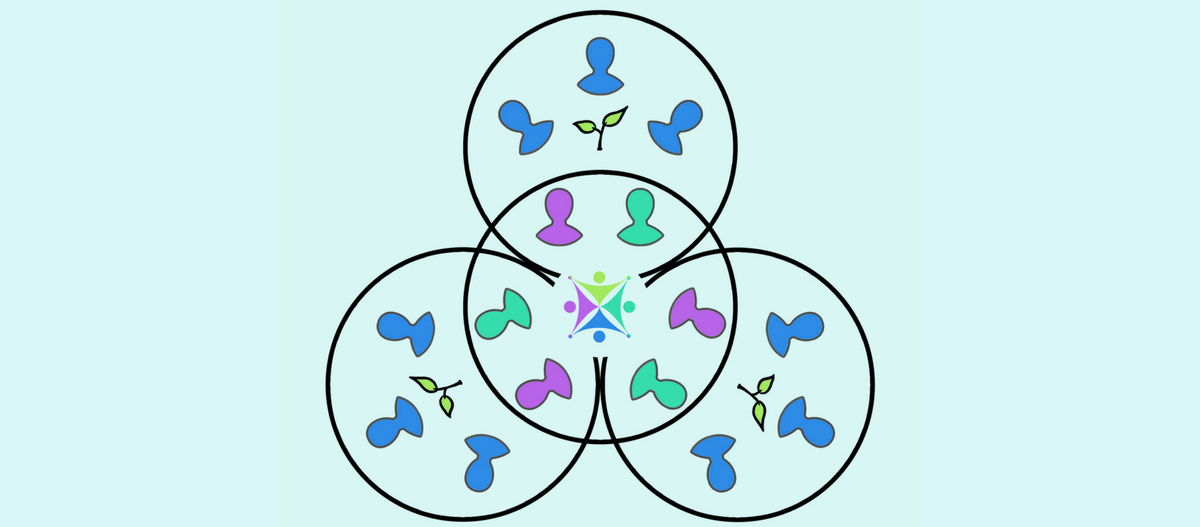
Less extractive and more supportive organizations benefit the communities they are part of, and they last.
More recently, new organizational experiments including many types of responsive organizations, and the Web3 aspiration of Decentralized Autonomous Organizations (DAOs, ) have run into governance challenges as they started to mature. They too are starting to look to the history and pull from the coop model (Jason Wiener: Solving the riddle of the DAO with Colorado’s cooperative laws. Jan 2023).
During the 10+ years that I’ve been studying less centralized organizational decision making structures formally and informally, one example of the patterns and perils of disempowering workers plays out in the corporate sustainability efforts. Here’s a common pattern I witnessed in that industry, which I believe is a great analogy for most businesses in most industries:
- Sustainability consultants would be hired to improve company sustainability.
- They would then go and interview all the workers doing the day-to-day work, and collect the workers’ ideas about how to improve things to make them more efficient or sustainable.
- The workers would obviously be the ones closest to the problems and having spent the most time thinking about their jobs. They would often have really innovative and useful ideas, which would then get collected and summarized by the consultants and often implemented.
Ironically, an external person had to be hired for managers to respect and listen to their employees seriously enough to implement their ideas. However, a democratic organization wouldn’t need these middlemen. Empowered and engaged workers would be able to make those changes organically all the time.That's how faster adaptation and innovation can be enabled.
Coherent democratic structures enable innovation and adaptation.
Find organizations distributing power well and learn from them. In 2016 I was lucky enough to be a part of the Sierra Club and experience some of their volunteer mobilization work. They have one of the best grassroots organizations in the US and have been building community and successfully supporting environmental legislation for many decades. At that time, some of their staffers saw decentralized structures like Sociocratic organization and decentralized networks of groups as more effective ways to self organize, and started exploring these structures internally. Many other effective movement building organizations, coops, and innovative tech companies also follow less centralized structures. Arguably the entire Agile movement hinges on this basic premise. However, mainstream and corporate adoption of these basic and universal rules about how to run an organization's governance more effectively and more humanely is slow.
A thought leader in this space and incidentally one of Socialroots’ advisors and supporters, Amy Edmondson, is on the cutting edge of writing about how individual behavior in group contexts can change leadership dynamics for the better. She breaks down a lot of the rules of the road in her various articles and books. In her article Harvard Business School: Self-Managing Organizations: Exploring the Limits of Less-Hierarchical Organizing. 2017, she gives us some terminology identifying three categories of how we can talk about this:
- “post-bureaucratic organizations,
- humanistic management, and
- organizational democracy”.
She also identifies the term “self-managing organizations” as a way to “radically decentralize authority in a formal and systematic way throughout the organization.”
A lack of literacy around self-managed organizing - underlying so many of the root causes and ineffective responses to our most pressing challenges - is the hidden problem of our time.
We need more people working in this space. More mainstream understanding around how you run an organization being just as important as what the organization does, will bring us much closer to solving many of our systemic problems. If you are not distributing power in healthy ways, with healthy boundaries, the right amount of agency, and good conflict resolution and teaming processes, then - no matter what your goal is – your impact will be limited and sometimes come with counter-productive, unintended consequences. These “externalities” of a system often result from excluding stakeholders. If you work within traditional structures, you may even do more harm than good, as we see all around us today.
Even a toothbrush factory, run democratically, with healthy power dynamics and teaming processes will do more good than a traditional organization doing almost anything else. Democratically run companies will be more responsive to the needs of their workers and community. They will have the flexibility to be able to innovate in how they make their products - like toothbrushes - both socially and environmentally sustainable. These companies will have all sorts of indirect benefits that stem from creating a supportive and nurturing culture with compounding positive effects.
How you do something is inseparable from what you are doing.
As quickly as possible, we need to shift to a more democratic way of working in our companies, in our communities, and everywhere we organize together. This can support deeper, healthier democracies and more nurturing societies. We need to start to repair the fraying social fabric of our communities. We need to improve our ability to cooperate as a species and avoid any number of catastrophic systemic problems we are grappling with every day. Subverting the status pyramid means implementing infrastructure and processes that support coherent self-management. Instead of a pyramid, we could have many circles of people working together collaboratively and getting the benefits of their contributions equitably. Together, let’s move towards a more democratic and cooperative system.

